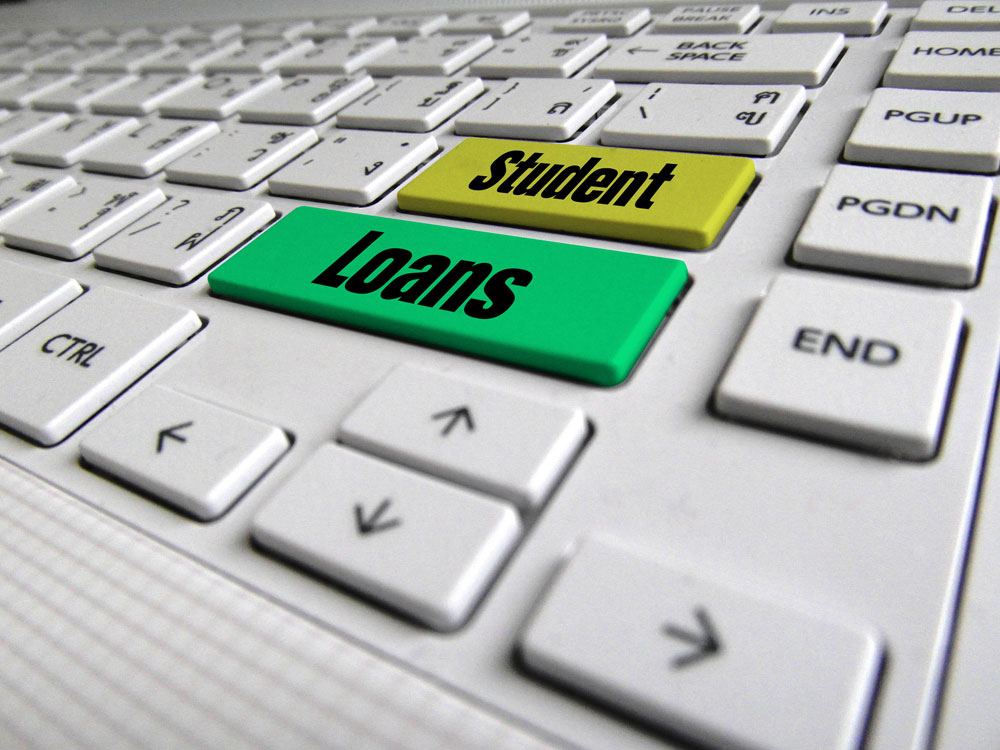
April 4, 2020, Business Insider
The CARES Act, the stimulus bill for assistance due to the COVID-19 virus, allows those with federal student loans to suspend payments until September 30th.
Originally, the Department of Education said borrowers who wanted their loans to go into forbearance for six months—March 13th through the end of September—would have to call their student loan server to initiate it. They have reversed that; anyone who has a federal student loan is now in forbearance by default.
If you wish to continue making payments during this time to pay down the principal, you’ll have to call the Department of Education to arrange to have the forbearance reversed. Unfortunately, the Department has been overwhelmed by phone calls and help desks are nearly impossible to reach. You should either log into your loan servicer’s webpage to manually issue payments or send checks as you have done in the past. If you don’t reach anyone by phone, you’ll need to do that every month. Borrowers whose payments are automatically debited from their bank accounts will have autopay resume on September 30th.
Sign up for our free newsletters
Subscribe to NPQ's newsletters to have our top stories delivered directly to your inbox.
By signing up, you agree to our privacy policy and terms of use, and to receive messages from NPQ and our partners.
If you do choose to reverse your forbearance, you can reenter it if you should lose your job between now and the start of October.
Payments made since March 13th can be refunded. Garnishments from Social Security, tax refunds, or disability payments for loans in default won’t be, though future garnishment will be suspended until the end of September. The US Department of Education has forbidden private collection agencies from making calls and sending any collection letters or bills.
If you can do so, make every effort to pay down your principal during this time. No interest will be charged until September 30th, the usual minimums don’t apply, and payments made can even rehabilitate loans in default. And, once October comes around, your interest due will be less.—Marian Conway













